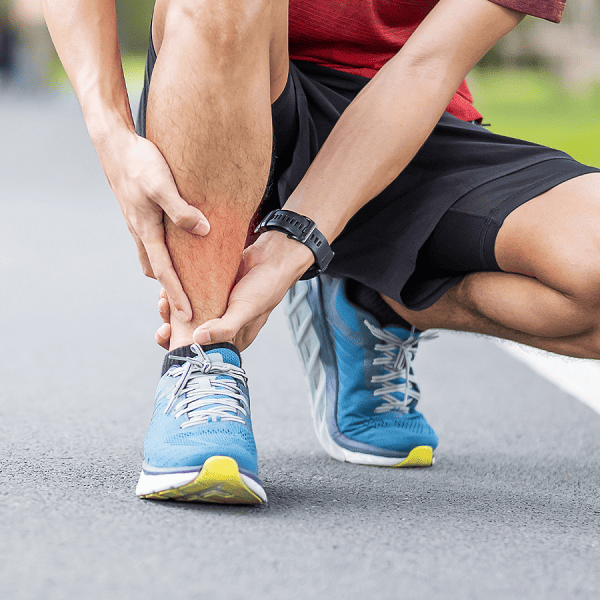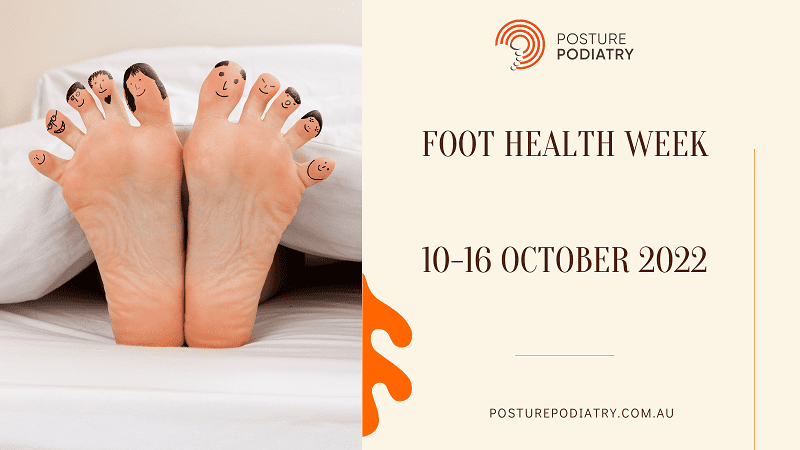Adelaide Podiatrists Demystify Shin Pain Myths
Tired of living with shin pain and unsure about the best ways to address it? Look no further! In this comprehensive guide, we will attempt to demystify shin pain by debunking common myths and revealing the facts you need to know.
Whether you’re an athlete, a fitness enthusiast, or someone who experiences shin pain during everyday walking activities, understanding the root causes and effective treatment options is essential for finding long-lasting relief. We’ll delve into common misconceptions surrounding shin pain, such as the belief that it’s only a result of overuse or improper footwear.
By separating fact from fiction, you’ll gain valuable insights into the true causes of shin pain and the steps you can take to prevent and manage it. With our expert guidance, you’ll be equipped with the knowledge needed to make informed decisions about your shin health and make some real progress towards enjoying a pain-free and active lifestyle.
Looking for an Adelaide Podiatrist for shin pain treatment?
BOOK ONLINE or Call 8362 5900 to schedule an appointment.
Common Myths About Shin Pain
Shin pain is a common complaint among individuals of all ages and activity levels. Unfortunately, there are many myths and misconceptions surrounding this condition. Let’s take a closer look at some of the most prevalent ones and do our best to separate fact from fiction.
Fact: Shin pain is not always caused by running
While it’s true that running can contribute to shin pain, it’s not the only culprit. Many people mistakenly believe that shin pain is exclusively a result of overuse from running or high-impact activities. However, this is not the case. Shin pain can occur due to a variety of reasons, including stress fractures, muscle imbalances, abnormal biomechanics and even improper footwear. It’s important to consider all possible causes and seek appropriate treatment based on an accurate diagnosis.
Fact: Shin splints are a common cause of shin pain
Shin splints, also known as medial tibial stress syndrome, is a common condition that causes pain along the inner edge of the shinbone. Contrary to popular belief, shin splints are not limited to athletes or runners. Anyone who engages in repetitive activities that increases stress on the shins, such as dancing, jumping, or even walking long distances, can develop shin splints. Understanding the symptoms and risk factors associated with shin splints is crucial for effective management and prevention.
Fact: Proper footwear can help in the prevention of shin pain
Wearing the right shoes can be essential for preventing shin pain and ensuring optimal foot and leg alignment. Contrary to the myth that any athletic shoe will do, choosing footwear that provides individualised features along with adequate support and just the right amount of cushioning is key. There is no ‘one size fits all’ when it comes to the right shoe. Small individual changes can make a big difference. For individuals prone to shin pain, it’s recommended to opt for shoes specifically designed for their activity level and foot type. Investing in quality footwear can go a long way in reducing the risk of shin pain and enhancing overall comfort and performance.
Looking for an Adelaide Podiatrist for shin pain treatment?
BOOK ONLINE or Call 8362 5900 to schedule an appointment.
Fact: Shin pain can be a sign of a stress fracture
One of the most serious causes of shin pain is a stress fracture. Often mistaken for shin splints, stress fractures are tiny cracks in the bones that result from repetitive stress. The pain associated with stress fractures is usually more intense and localized than that of shin splints. If left untreated, stress fractures can lead to further complications. It’s crucial to consult your podiatrists or healthcare professional if you suspect a stress fracture to ensure a proper diagnosis and appropriate treatment can occur.
Common Misconceptions About Treating Shin Pain
Now that we’ve debunked some of the myths surrounding shin pain, let’s explore the most effective treatment approaches and preventive measures.
Fact: Rest and ice can be helpful when treating shin pain but a proper diagnosis is key
When it comes to shin pain, rest is crucial for allowing the affected tissues to heal. Contrary to the myth that pushing through the pain is necessary, continuing to engage in activities that exacerbate shin pain can lead to further damage. Additionally, applying ice to the affected area can help reduce inflammation and alleviate discomfort, however, this may aggravate in some cases. It’s important to establish an accurate diagnosis as soon as possible.
Fact: Strengthening exercises can help prevent shin pain
Weak muscles in the lower legs can contribute to shin pain. Strengthening exercises that target the muscles surrounding the shins can help improve stability and reduce the risk of shin pain. It’s important to perform these exercises with proper form and gradually increase intensity to avoid overexertion. Incorporating a well-rounded strength training routine into your fitness regimen can go a long way in preventing shin pain.
Fact: Proper warm-up and cool-down routines can reduce shin pain
Before engaging in any physical activity, it’s essential to warm up properly. A dynamic warm-up routine that includes gentle stretches, light cardio, and specific exercises targeting the lower legs can help prepare the muscles for the demands of exercise and reduce the risk of shin pain. Similarly, cooling down after a workout with static stretches and gentle movements can aid in muscle recovery and minimize post-exercise discomfort. Incorporating warm-up and cool-down routines into your exercise routine is a simple yet effective way to prevent shin pain.
Looking for an Adelaide Podiatrist for shin pain treatment?
BOOK ONLINE or Call 8362 5900 to schedule an appointment.
Myth: Stretching before exercise prevents shin pain
Contrary to popular belief, stretching before exercise may not directly prevent shin pain. While stretching can improve flexibility and range of motion, it may not be enough to prevent shin pain on its own. It’s important to combine stretching with other preventive measures, such as proper footwear, strengthening exercises, and gradual progression of activity intensity. A holistic approach that addresses all contributing factors is key to preventing shin pain effectively.
Fact: Seeking professional help for shin pain is important
If you’re experiencing persistent or worsening shin pain, it’s adviseable to seek professional help. Podiatrists are healthcare professionals who specialise in the diagnosis and treatment of foot and lower leg complaints. The podiatrists at Posture Podiatry work very closely with doctors, physiotherapists, massage therapists, osteopaths and chiropractors. Sometimes a multidisciplinary approach is needed to address complex shin pain. Your healthcare professional can accurately diagnose the underlying cause of your shin pain and recommend appropriate treatment strategies and intervention.. They may also provide guidance on modifying your activities, implementing proper footwear, and creating an individualized exercise program. Don’t hesitate to reach out for expert advice to ensure proper management of your shin pain.
Conclusion: Debunking Shin Pain Myths and Taking the Right Approach
Shin pain can be a frustrating and debilitating condition, but it doesn’t have to be a constant struggle. By debunking common myths and understanding the facts surrounding shin pain, you can take the right approach to prevent, manage, and ultimately overcome this issue.
Remember, shin pain can have various causes, and establishing a proper diagnosis is essential for effective treatment. Whether you’re an athlete, a fitness enthusiast, a golfer, a hiker, a runner or simply someone who experiences shin pain during daily activities, don’t hesitate to seek professional help and implement preventive measures. With the right knowledge and guidance, you can regain control of your shin health and enjoy a pain-free, active lifestyle once again.
Looking for an Adelaide Podiatrist for shin pain treatment?
BOOK ONLINE or Call 8362 5900 to schedule an appointment.








